The vocabulary Silk Road takes the human mind back to the past, as well as the thought of what a valuable commodity it has carried in this long way, the silk along with other commodities carried along by caravans. That is only the material dimension of this historic path.
In a deeper point of view, we find that the road was originally a passage for cultures, dialects, and traditions of ancient Eastern civilizations that the road has passed through their lands.
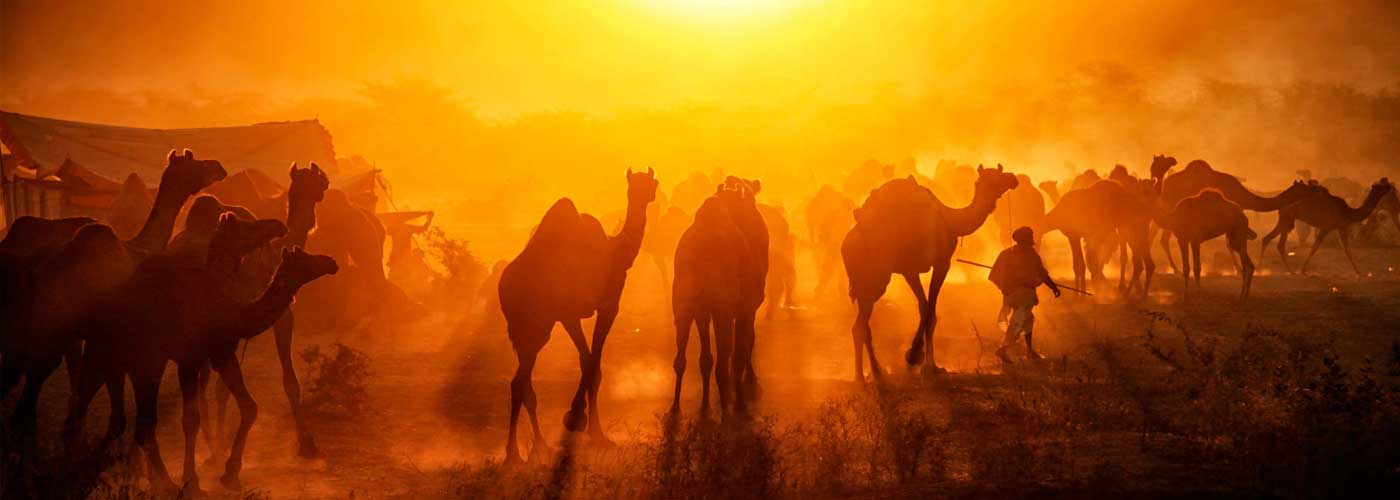
Brief history of the Silk Road
The Silk Road was built by a Chinese official and diplomat named Zhang Qian who served as an imperial envoy to the world outside of China in the late 2nd century BC during the Han dynasty. The road was completed and expanded during the same era. After the collapse of the Han Dynasty and the coming to power of the Tang Dynasty, China experienced significant economic growth and development, and as a result, silk trade increased.
In the Eastern Han Dynasty, influential figures such as Ban Yong and Ban Chao made numerous trips to quell the insurgency in order to establish peace and continue trade along the Silk Road.
Under the Tang Dynasty, as we have said, this road reached its peak and flourishing period in history.
✔ The Han empire was founded by the peasant rebel leader Liu Bang (known posthumously as Emperor Gaozu)
✔ The Han Era was divided into three periods: the Western Han (206 BC – 9 AD), the Xin Dynasty (9–23 AD), and the Eastern Han (25–220 AD).
✔ Under the Han Dynasty, China was known for Silk trade.
✔ The Han empire resembled the Roman Empire in size and population.
✔ Mahayana Buddhism (or the Mahayanas) a major movement in the history of Buddhism which has its origins in northern India was first introduced into China during this period.
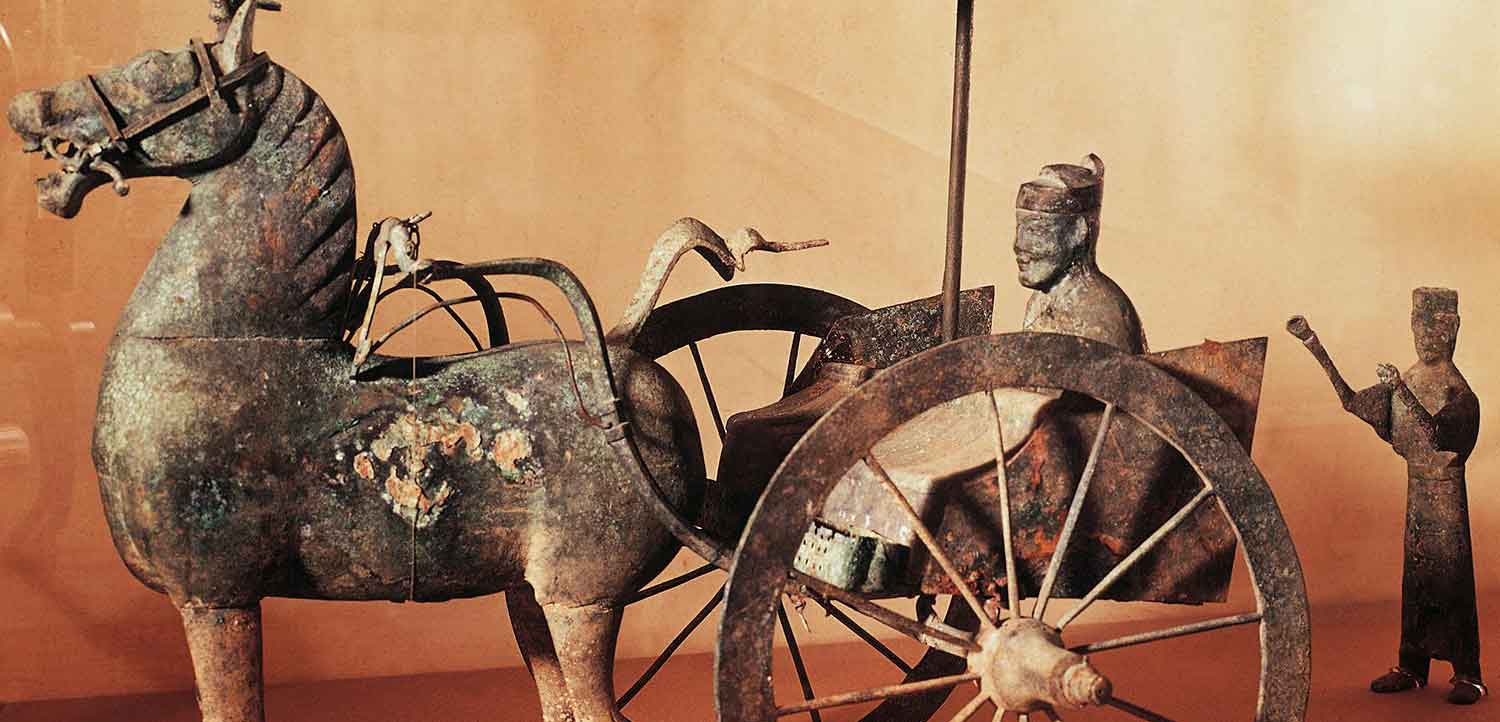
Many historians have reported that the German geographer, Ferdinand Richthofen, gave the name “Silk Road” to this long route for the first time in 1877, the sole reason for this naming was only the Chinese silk trade through the road from China to the Mediterranean countries and regions. The name implies a network of trade routes that connects China and Europe since the 5th century BC. But Malcolm College, a renowned English historian, attributed the Road to the early Parthian dynasty (Iran) under Mehrdad II.
Both of these theories can be still doubted because we know that the Silk Road passed through some prehistoric Iranian sites such as Shahrood Chakmak Hill, Tepe-Hesar of Damghan, Ali Spring (Cheshmeh Ali), or the Tepe- Sarab of Kermanshah. Therefore, we will come to the conclusion that prehistoric civilizations also realized the importance and status of this commercial highway.
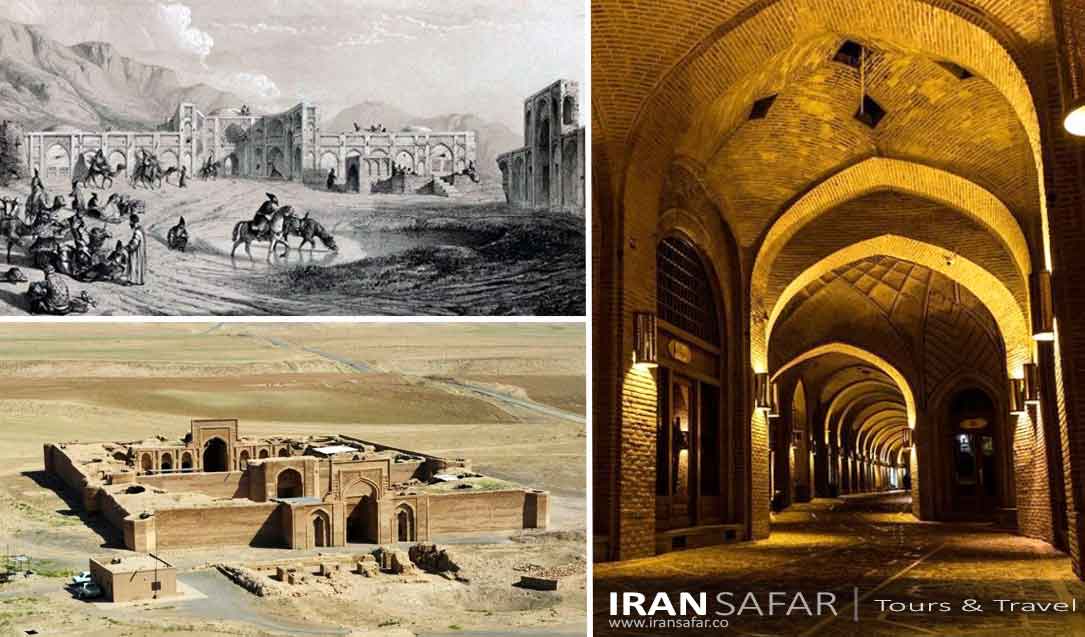 Iranian Caravanserai constructed on Silk Road
Iranian Caravanserai constructed on Silk Road
Since thousands of years ago, caravanserais have been built all over Iran, some of which have been completely destroyed over time, while some built in Safavid Empire era have remained standing and have kept history alive for us.
But to be more precise, the number of caravanserais in Iran is directly related to the passage of the Silk Road through many cities in Iran.
The Silk Road, with a length of about 8,000 kilometers, was the largest trade network in the world for almost 1,700 years, which connected West, East, and South Asia to each other, and Asia to Eastern Europe and North Africa.
The Silk Road started from China and extended to the Mediterranean Sea, and a number of provinces and cities of Iran were located on this road. This issue caused the construction of famous caravanserais of Iran to flourish along the Silk Road.
As a result, the road we call today the Silk Road, it has existed and been known long time ago and was also of crucial importance. About 4,000 to 6,000 BC, people living alongside the Western Sahara and the Egyptian Desert had begun to import domesticated animals to their living area via the same route.
Even before the rise of the Egyptian Pharaohs, about 7,000 BC, domesticated animals and pottery were purchased from Southwest Asia and transported to Egypt via this road. In the Sasanian Empire era, trading on the Silk Road and receiving custom charges from traders became one of the sources of income. In addition, Iranian traders of honey,herbs, carpets, precious stones and textiles performed most of their trade through the same road. You might be surprised to know that the biggest customers of Iranian businessmen were the Chinese. On the other hand, one of China’s major exports to Iran was silk products, which have been so popular and at some stage, accepted as currency; such as gold and silver.
Of course, historically, you should know that the aim of Iranians at that time was not just to trade silk, but to undermine the Roman Empire. Byzantine leaders, of course, did not remain silent about this policy of Iran and sought to counter it.
Around the year 531, there was a great rivalry between the Iranians, the Byzantines and the Turks over the acquisition of the Silk Road concession. According to ancient research on the Silk Road, the importance of the road has been known to Europeans since the 19th century, and they are engaged in archeological research and operations in the area. Ancient artifacts were also unearthed and are kept at St. Petersburg Hermitage Museum.
Historical Persian and non-Persian sources and documents from ancient times indicate that the name “Silk Road” is made by Westerners because in none of the important historical and geographical books there is no sign of “Silk Road“, “The Great Silk Road” or “Road Al-Harir” – The Arabic term.
So this is a theoretical review of these important books. These caravan routes were formerly known as the “Royal Road” in the old days, and at some stage were called the roads “East to West”, and today the “Silk Road”.
What was traded on the Silk Road?
The range of goods traded on Silk road was very wide. Here is a list of important commercial goods that were traded along the Silk Road:
Goods exported from the East to the West: silk, gold, bronze, gems, porcelain, foodstuffs such as spices and rice, ivory, paper and gunpowder.
Goods exported from the West to East: gold and silver, weapons and armor, carpets, blankets, curtains, animals such as horses and dogs, grapes, horse saddle, and slaves.
Silk Road Map
Starting from the coastal cities of East China and to prevent crossing the central deserts of China, the great Silk Road was divided into northern and southern roads. This road started from the Jade Gate and reached Kashgar, through Turfan (North Road) and Khotan (South Road), then to Samarkand, Samarkand to Merv and Balkh. We can say that the peak of trading relations between North Iran and China was under Iranian Sassanian Empire. Although during this period, in addition to producing several types of paper in Iran, we also imported paper and silk from China. Silk Road in Iran on the east-west axis, entered present Khorasan and reaches ancient city of Rey via the towns of Toos, Neyshabur, Sabzevar, Shahroud, Damghan, Semnan and gets divided into two branches from Rey or Qazvin– The most important spots. From Qazvin one way northwest to Sarab, Tabriz, Marand and then Khoy and out of the country and the other way west to Ekbatana (today Hamadan) and then Kermanshah and out of the country.
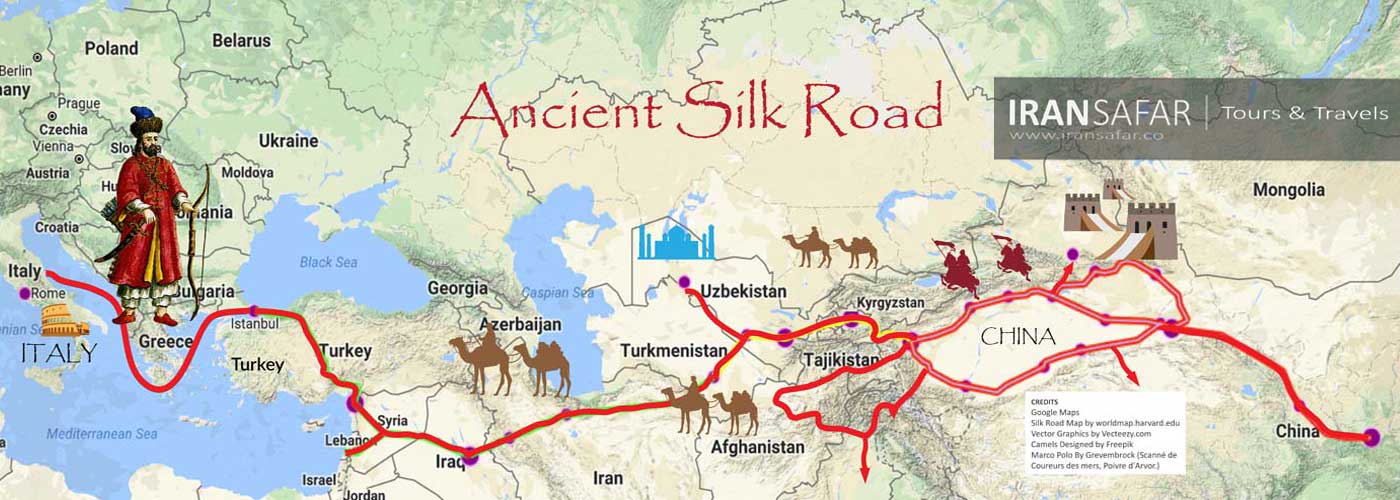
This is the main path that has been confirmed by important historical sources and world references such as UNESCO.
Today, the restoration and revitalization of the Silk Road and remains of ancient monuments around it, can be of great interest to visitors. Another important point to know is that Iran is the only country where the Road and the sea have collided across the Persian Gulf .
Silk Road Facts
• The Silk Road isn’t actually a road. It was more like a combination of routes that were extended all the way from East to West.
• Bactrian Camels were some of the main animals used to transport goods along the land through the Silk Road. Domesticated Bactrian camels have served as pack animals in inner Asia since ancient times. With its tolerance for cold, drought, and high altitudes, it enabled the travel of caravans on the Silk Road.
• Despite the name, silk was not the prominent product traded by the Chinese. Other goods included porcelain, Tea, spices, gems, perfumes, ivory, coral, gunpowder, glass beads, and furs.
• The Silk Road was 4,000 miles long!
• The Europeans brought specialty items along the Silk Road to trade to the Chinese. These items often included wool, animals, slaves, jade, wine, and colored glass.
• In the past, silk was considered to be almost as valuable as gold. Therefore, it was a perfect item to be exported to west since it was so light and easy to carry. Traders carried silk in dyed rolls, raw form, clothing, carpets, embroideries, and tapestries.
• Spices were the second most important goods traded along the Silk Road. The most common items were pepper, ginger, nutmeg, cloves, cumin, saffron, mace, and cinnamon.
• Aside from camels, traders in Central Asia used other animals such horses and yaks to carry their goods.
• While there were many impressive cities on the silk road, the most impressive was Samarkand. This city was at the epicenter of many Chinese routes that met and then went on to reach Europe.
• Samarkand was quite famous and had a reputation for housing significant people like poets, craftsmen, and astronomers. The city was also well-known for its aqueduct, which provided water for nearly 200,000 people.
• Many traders didn’t even travel the entire route. They would often head from one city to the next closest one and then pass off their goods to someone else. It went on like this until the goods reached their destination in Europe.
• Most caravans traveling on Silk Road were heavily guarded. If a caravan was traveling without protection, it was likely to be targeted by bandits.
• Europe suffered from an epidemic of the so-called Black Death, which killed a large number of the population. It was believed by many that the disease was brought to Europe along the Road.
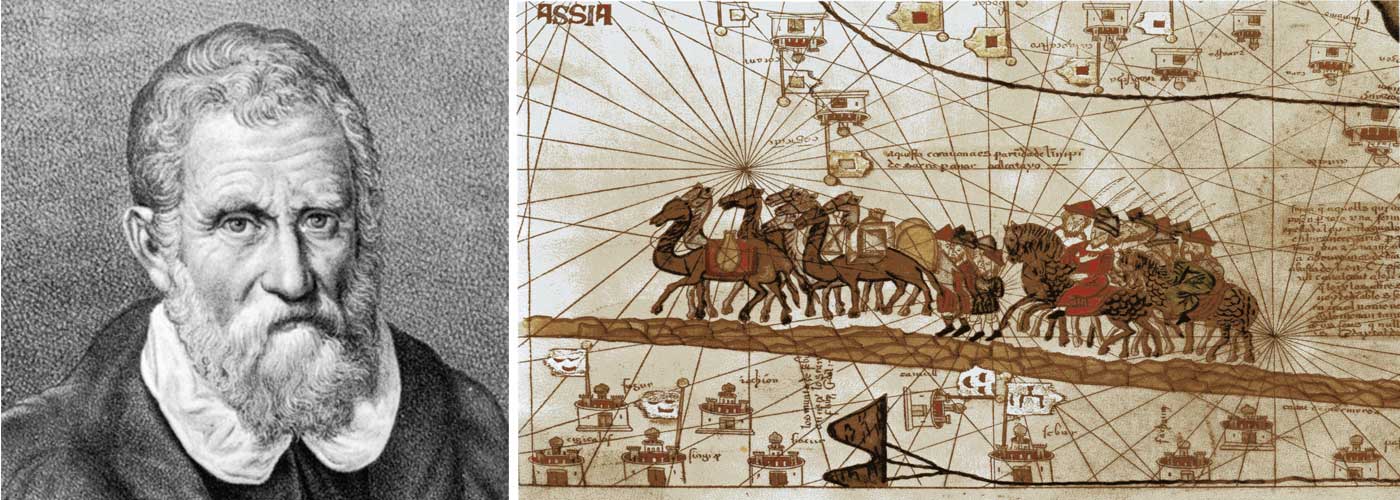
• There is a modern route that has been called “the New Silk Road”. This railway runs between Russia, Mongolia, Kazakhstan, and China.
• The Road started in Chang’an which is now called Xi’an, and went all the way to the Mediterranean Sea. It was filled with mountains and deserts in addition to the sea routes.
• The Great Wall of China was built during the Han Dynasty Era, in order to provide more protection.
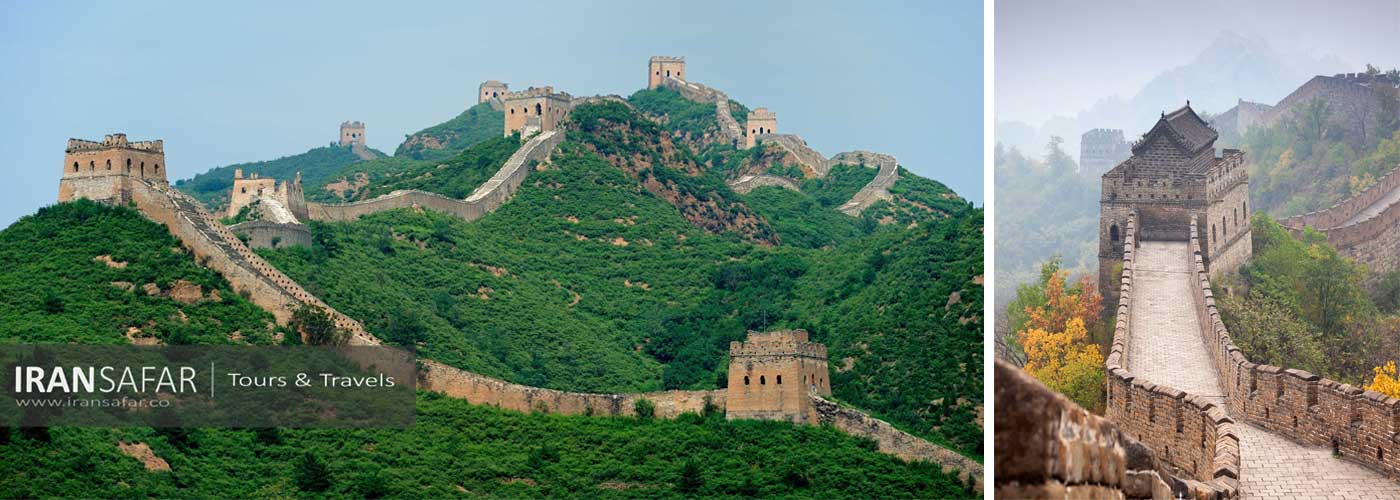
• There were different routes that made up the Silk Road. One route was long but safe and the other was short, but dangerous.
• It was the Tang Dynasty that really expanded upon this road and used it the most.
• Paper was actually one of the most important things to be traded on the Silk Road. It became the most used writing material in Eurasia and had a much bigger effect on history than silk did.
• This travel route wasn’t actually called so during the time it was used. Each section of the route had a different name that coincided with each city that was close by.
• The name Silk Road was developed in 1877 by Baron Ferdinand Von Richthofen. He was a geographer, and while making a huge map of China, he showed a connecting line between China and Europe. He called it the Silk Road.
The end of trade on the Silk Road
Trade on the Silk Road was popular from 130 BC to 1453 AD and this road was known as the most important and main trade route in the world. However, with the progress of western countries in production, industry, technology and major changes such as silk production in Europe and political developments in different countries, trade on the Silk Road gradually faded, and finally at the end of the 14th century AD, the Silk Road trade ended forever due to Ming Dynasty’s order to stop trade on the Silk Road, as well as reduce the demand for silk in Europe.

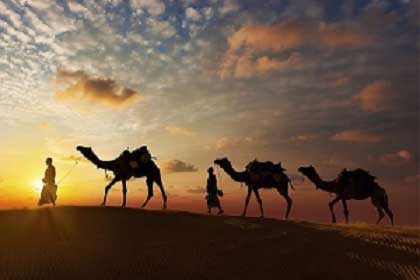

Comment (0)